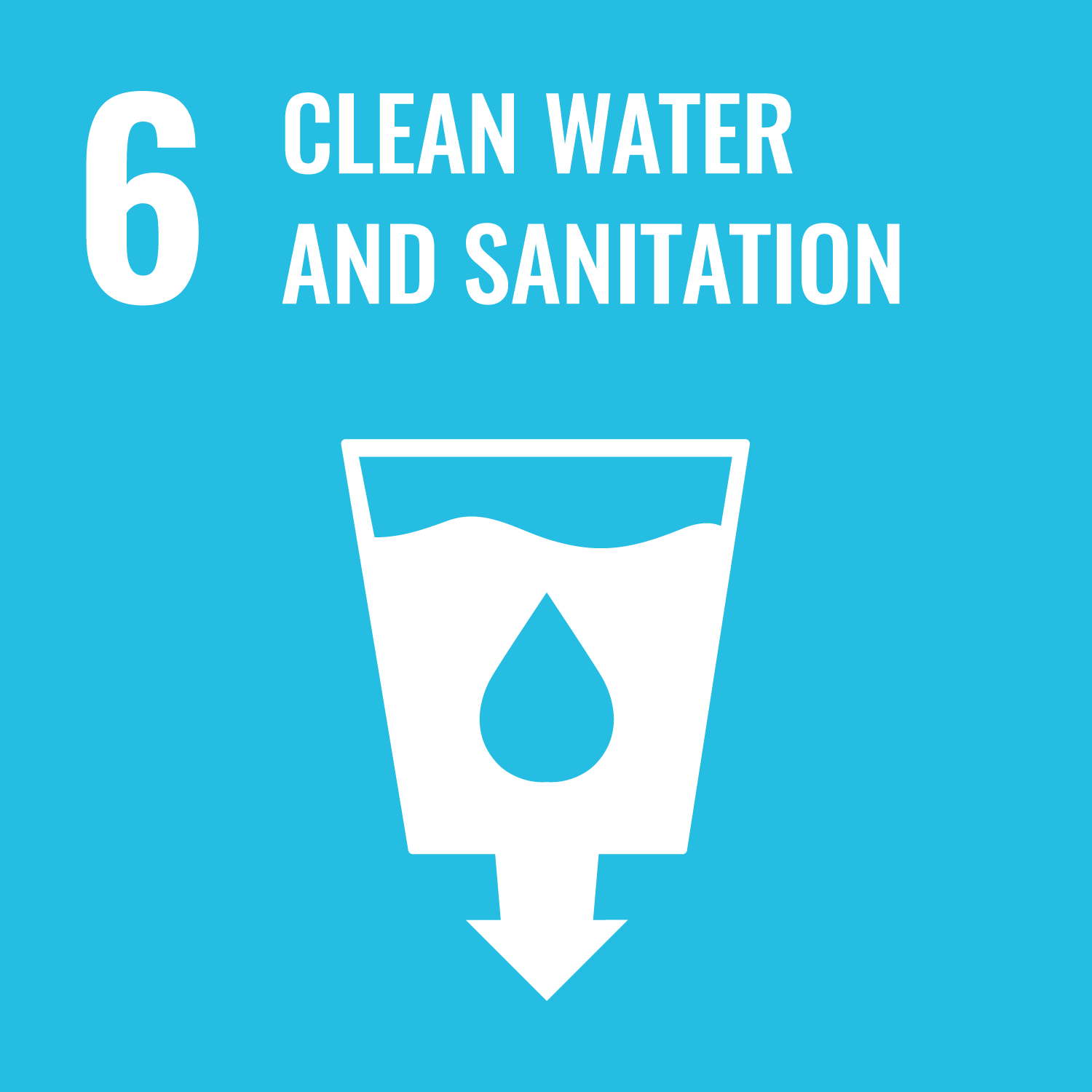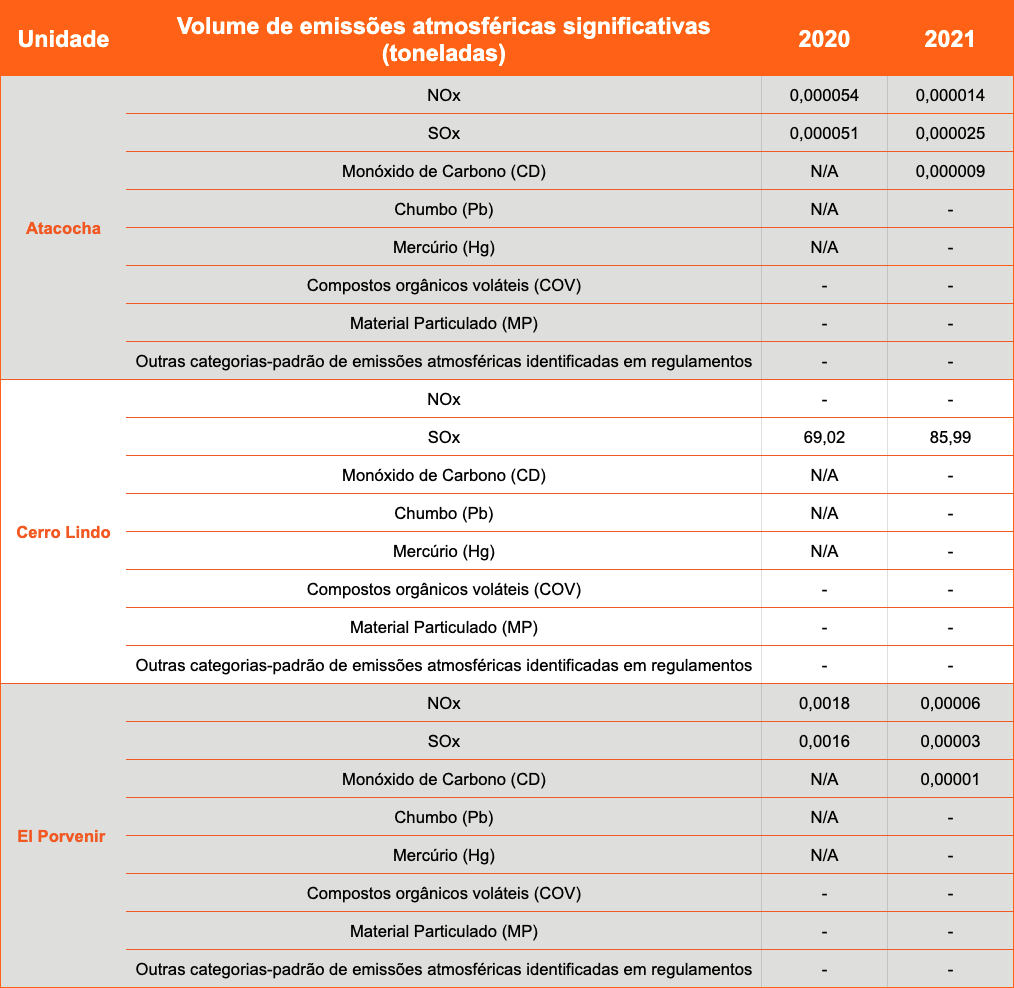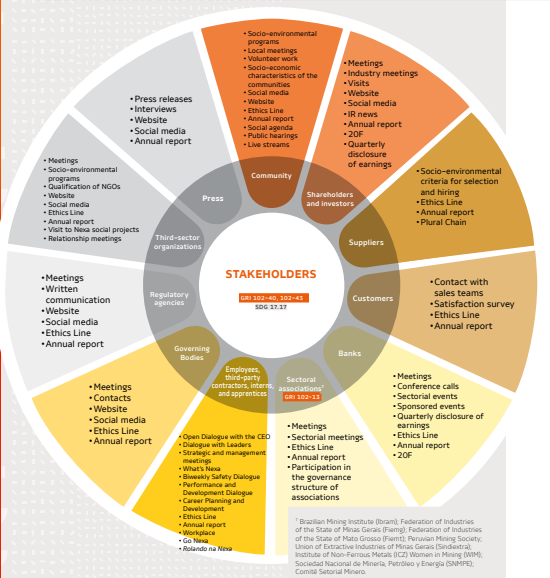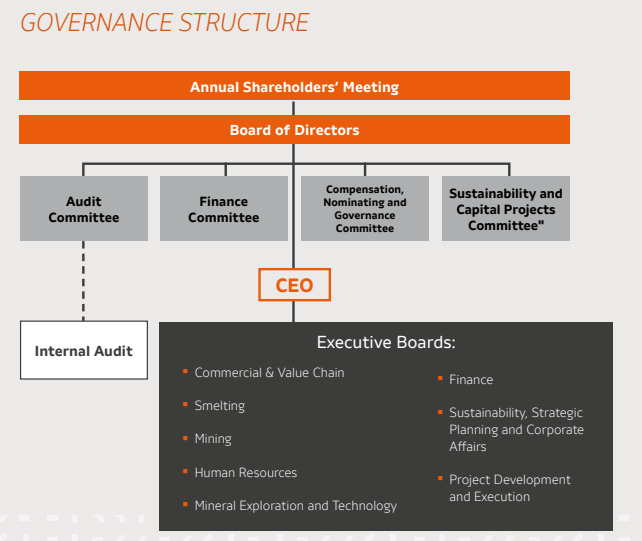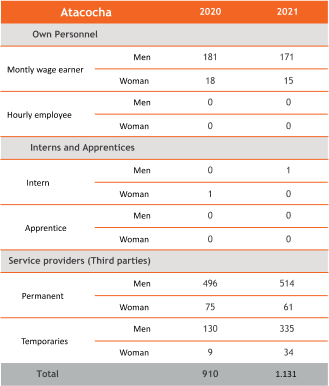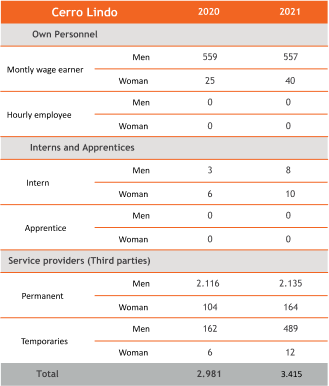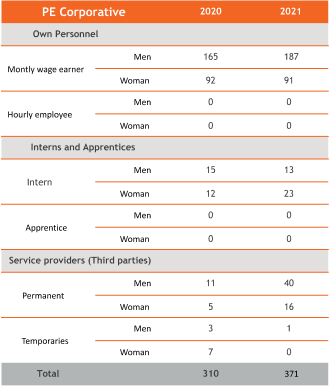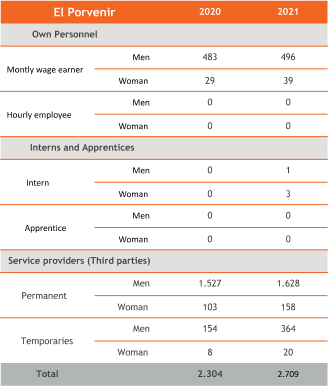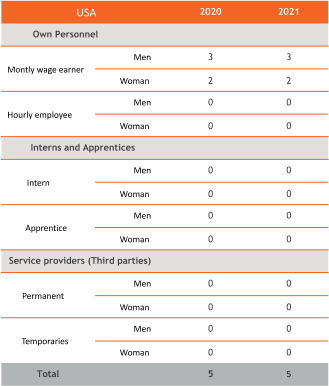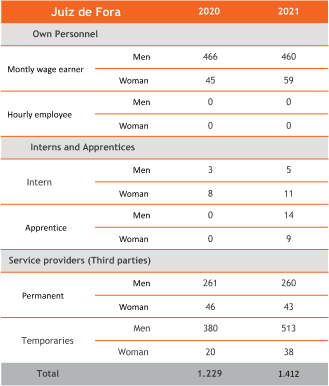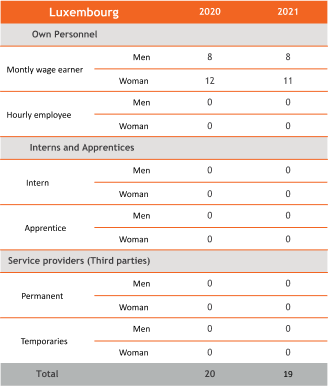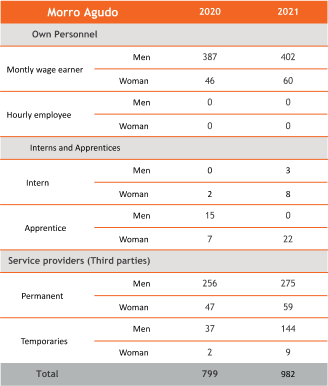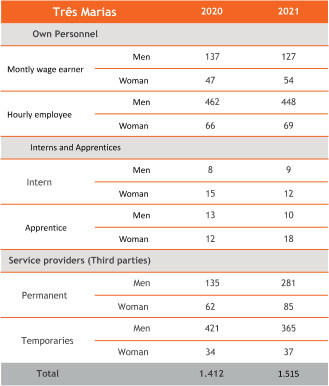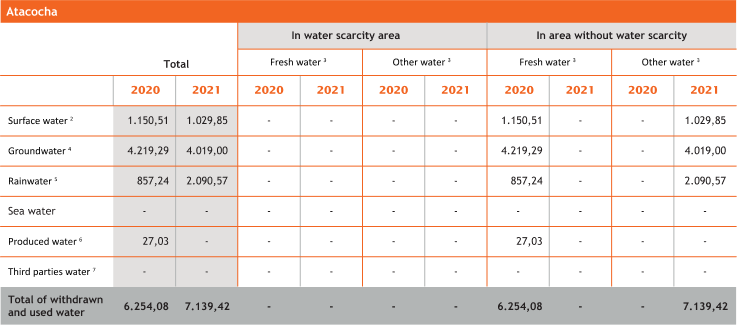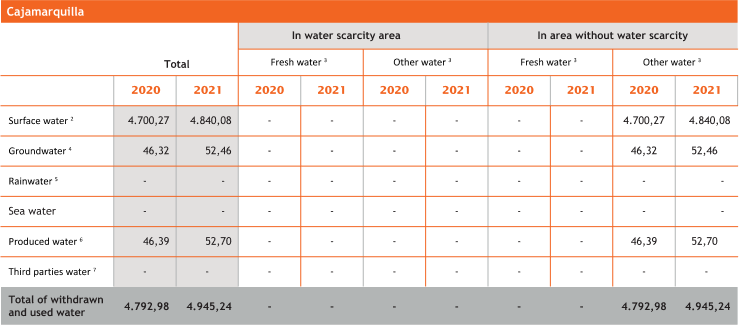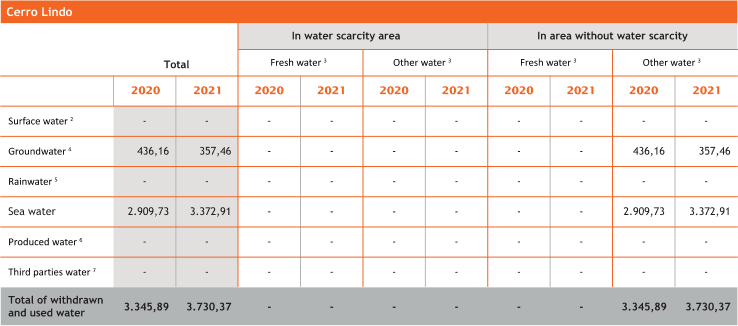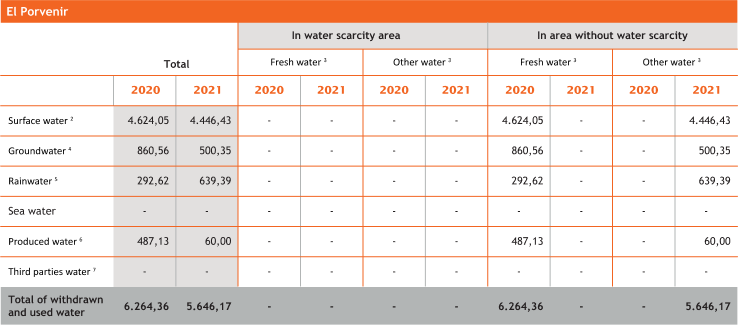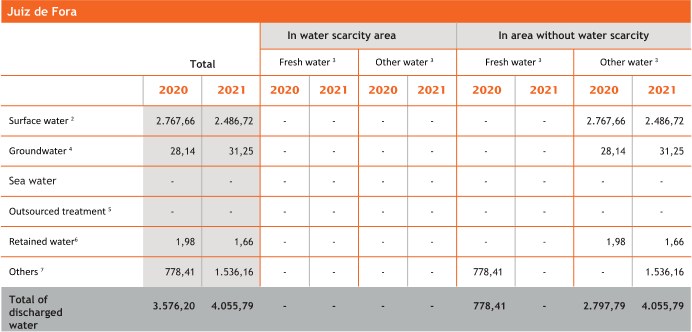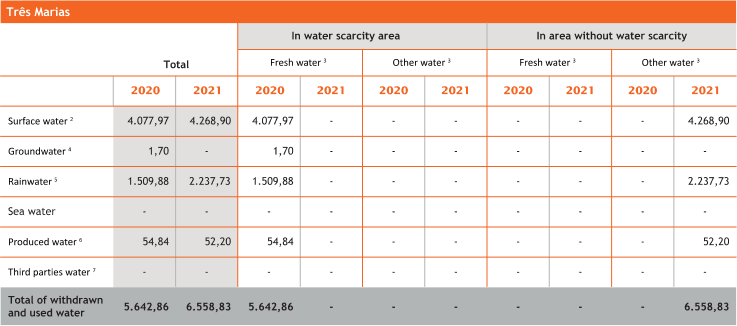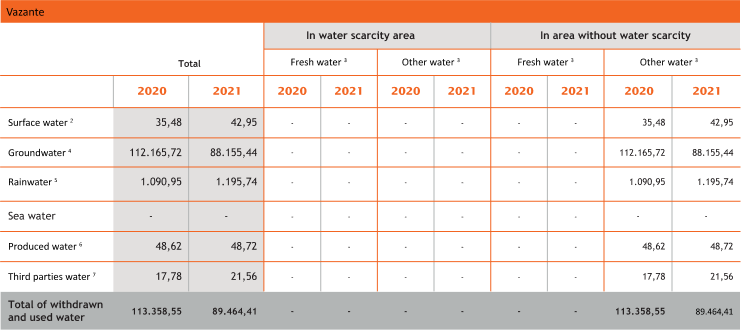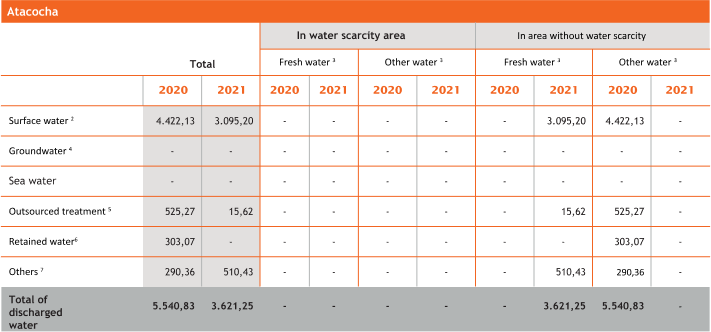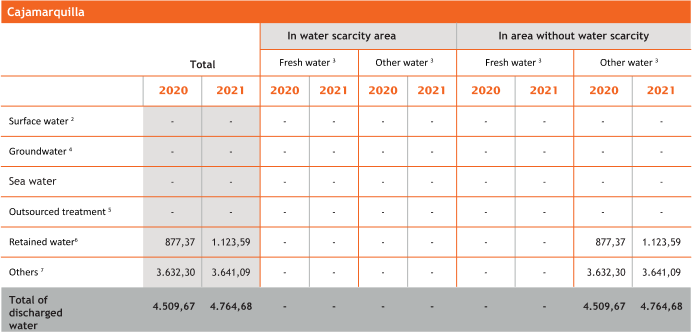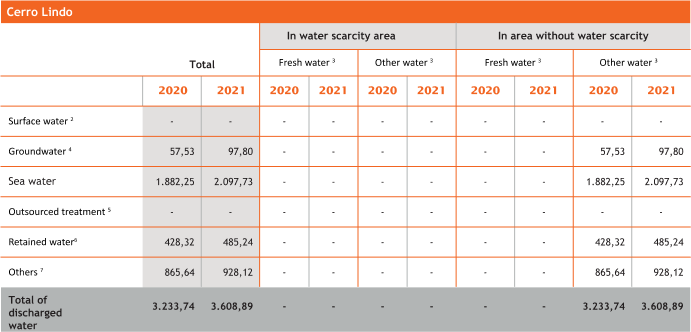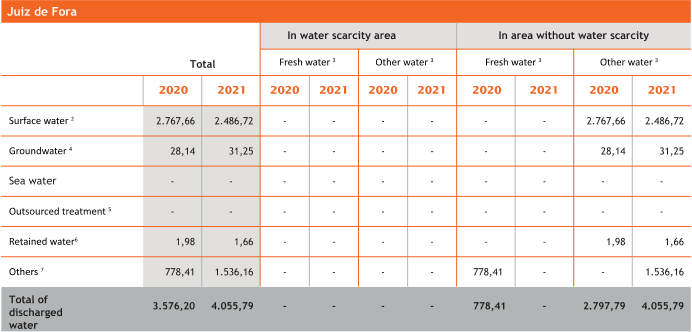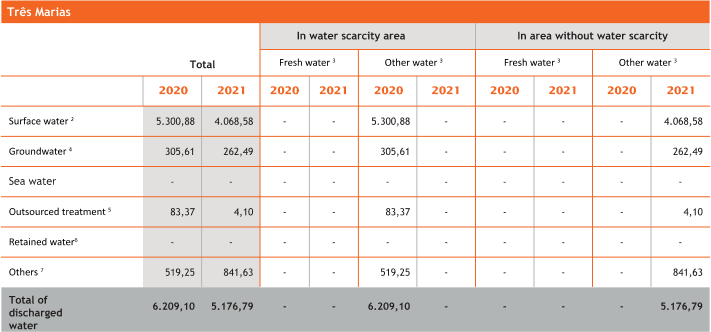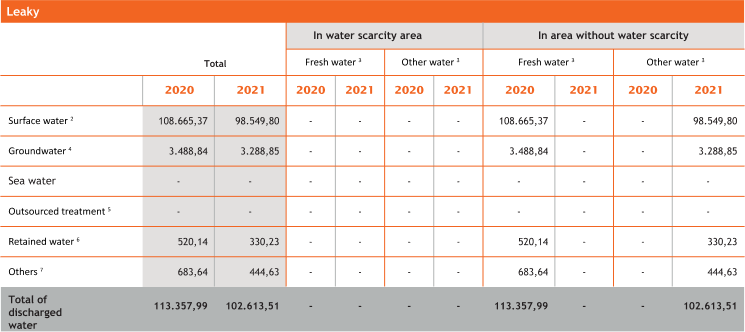| Entities included in the consolidated financial statements |
| 2019 |
2020 |
2021 |
| Subsidiaries |
| L.D.O.S.P.E. Geração de Energia e Participações Ltda. – “L.D.O.S.P.E” |
L.D.O.S.P.E. Geração de Energia e Participações Ltda. – “L.D.O.S.P.E” |
L.D.O.S.P.E. Geração de Energia e Participações Ltda. – “L.D.O.S.P.E” |
| L.D.Q.S.P.E. Geração de Energia e Participações Ltda. – “L.D.Q.S.P.E” |
L.D.Q.S.P.E. Geração de Energia e Participações Ltda. – “L.D.Q.S.P.E” |
L.D.Q.S.P.E. Geração de Energia e Participações Ltda. – “L.D.Q.S.P.E” |
| L.D.R.S.P.E. Geração de Energia e Participações Ltda. – “L.D.R.S.P.E” |
L.D.R.S.P.E. Geração de Energia e Participações Ltda. – “L.D.R.S.P.E” |
L.D.R.S.P.E. Geração de Energia e Participações Ltda. – “L.D.R.S.P.E” |
| Mineração Dardanelos Ltda. |
Mineração Dardanelos Ltda. |
Mineração Dardanelos Ltda. – “Dardanelos” |
| Nexa Recursos Minerais S.A. |
Nexa Recursos Minerais S.A. – “NEXA BR” |
Nexa Recursos Minerais S.A. – “NEXA BR” |
| Mineração Santa Maria Ltda. |
Mineração Santa Maria Ltda. |
Mineração Santa Maria Ltda. |
| Pollarix S.A. (i) |
Pollarix S.A. 9 |
Pollarix S.A. – “Pollarix” 10 |
| Karmin Holding Ltda. |
Karmin Holding Ltda. |
Karmin Holding Ltda. |
| Mineração Rio Aripuaña Ltda. |
Mineração Rio Aripuanã Ltda. |
Mineração Rio Aripuanã Ltda. |
| Votorantim Metals Canada Inc. |
Votorantim Metals Canada Inc. |
Votorantim Metals Canada Inc. |
| Rayrock Antofagasta S.A.C |
Nexa Resources El Porvenir S.A.C. |
Nexa Resources El Porvenir S.A.C. |
| Cia. Magistral S.A.C |
Minera Pampa de Cobre S.A.C |
Minera Pampa de Cobre S.A.C |
| Nexa Resources El Porvenir S.A.C. |
Nexa Resources Cajamarquilla S.A. – “NEXA CJM” |
Nexa Resources Cajamarquilla S.A. – “NEXA CJM” |
| Minera Pampa de Cobre S.A.C |
Nexa Resources Perú S.A.A. – “NEXA PERU” |
Nexa Resources Perú S.A.A. – “NEXA PERU” |
| Nexa Resources Cajamarquilla S.A. – “NEXA CJM” |
Nexa Resources Atacocha S.A.A. – “NEXA ATACOCHA” |
Nexa Resources Atacocha S.A.A. – “NEXA ATACOCHA” |
| Inversiones Garza Azul S.A.C |
Nexa Resources UK Ltd. – “NEXA UK” |
Nexa Resources UK Ltd. – “NEXA UK” |
| Nexa Resources Perú S.A.A. – “NEXA PERU” |
Nexa US. Inc. |
Nexa Resources US. Inc. |
| Nexa Resources Atacocha S.A.A. – “NEXA ATACOCHA” |
|
Exploraciones Chimborazo Metals & Mining |
| Minera Bongará S.A. |
|
|
| Nexa Resources UK Ltd. “NEXA UK” |
|
|
| Votorantim US. Inc. |
|
|
| Joint-operation |
| Campos Novos Energia S.A. |
Campos Novos Energia S.A. – “Enercan” |
Campos Novos Energia S.A. – “Enercan” |
| Cia. Minera Shalipayco S.A.C |
Cia. Minera Shalipayco S.A.C |
Cia. Minera Shalipayco S.A.C |
